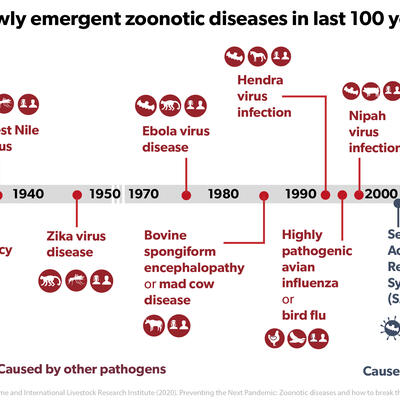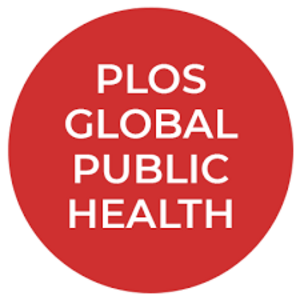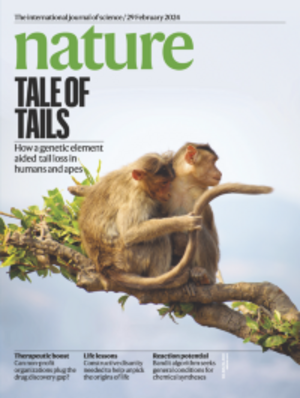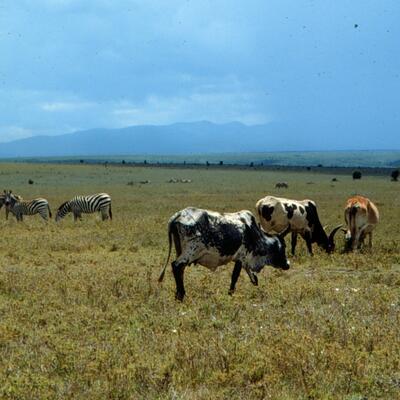
From sledgehammer to scalpel: Scientists say a ‘moonshot effort’ is needed to end social distancing and this pandemic
Earthrise, as seen from Apollo 8, Dec 1968 (photo credit: astronaut William Anders).
Scientists say a moonshot effort is needed to end social distancing and this pandemic.
‘. . . [N]ow, largely, Americans are doing something right: social distancing.
‘The outright lockdowns of movement in some cities, as well as the less severe policies in place across the country, can slow the spread of the pandemic. And per at least one poll, people are, by and large, complying.
‘Frustratingly, though, we must be patient in our isolation. . . . It’s important to recognize it could be months until it’s safe to lift social distancing restrictions. And the timeline might vary depending on where you live and when the virus strikes the hardest.
‘We need social distancing because it slows the spread of the disease to manageable levels. When that happens, we can move to a more sustainable mitigation strategy. But we’ll need to be careful. . . .
Know this: Ceaseless social distancing is not the only way to end this outbreak. . . . It’s just that the current orders of social distancing would need to be replaced by a comprehensive, extremely ambitious plan.
Epidemiologists and pandemic experts have been telling me about what it would take to end social distancing safely while fighting the spread of Covid-19.
It isn’t easy. It will require an immense amount of leadership, coordination, and more sacrifice. It would take a sort of moonshot-level effort.
But the tactics they outline aren’t unfamiliar. They’re textbook epidemiology—they just need to be scaled up to a level never really seen before.
‘“We really do need a Manhattan Project effort to get this stuff in place in really a two- or three-month period,” Jeremy Konyndyk, a senior policy fellow at the Center for Global Development, says.
‘We need social distancing across the country, and we need to keep it in place for some weeks, if not months, to buy time. If social distancing works, is enacted broadly, and is kept up, the number of new infections could decrease. It would give us a pause in the action, to potentially move on from social distancing to a more targeted pandemic strategy. Right now is the time to get plans ready so when that pause comes, we can make things right. . . .
Although data show that all age groups and people without preexisting risk factors can fall critically ill from the disease, social distancing isn’t just for you. It crucially protects vulnerable people from the disease. Without it, they become vulnerable again. . . .
‘“Social distancing is basically a sledgehammer,” Konyndyk, who has worked on past outbreaks, like Ebola, says. “You’re just stopping everything and hoping that in the process you will also slow transmission.” What we need to do, he says, is turn that sledgehammer of social distancing into a scalpel: widespread testing and contact tracing.
“The classic epidemiological approach to controlling disease is not to shut down society; it’s to target the people you know to have the disease and understand who they’re spreading it to,” Konyndyk says.
“We can’t do that right now because we don’t have enough testing to know who has the disease.”
‘Not only do we need more testing, we also need testing that can be completed within minutes. . . . Currently, it can take days to get a diagnostic test back, and people may not be sure of what to do while they wait.
‘These rapid tests are in the works: Recently, the FDA approved one that can give results in five minutes. But we’re going to need other kinds of testing, too, like serology—testing of people’s blood. That way, we can figure out who has already had the disease and is now immune and can safely return to be in contact with others in society. (Though scientists still need to do more work in determining what immunity looks like in any given person.)
“The first piece of the moonshot is what we’re doing now, and will hopefully sustain, which is mass social distancing to do the sledgehammer to bring down the numbers,” Konyndyk says.
“Once you bring down the numbers back to a manageable level,” he says, we need to go back to some textbook epidemiology.
‘Once there’s widespread testing, there needs to be a huge team of public health workers in place to trace the contacts of those who test positive. Everyone who tests positive or who has come into contact with someone who tests positive then needs to be put into quarantine or isolation, to not spread the virus any further. This is how authorities routinely beat outbreaks—even of incredibly infectious diseases like measles. . . .
‘Even aided by technology, this work would require an enormous number of workers. “It’s very labor-intensive to find contacts of people who are sick,” Rivers says. “A part of what we do with contact tracing is to check on them every day to see if they have become sick.” Keeping some measures of social distancing in place might make this work easier, too: If people have fewer places to go, fewer crowds to assemble in, there will be fewer contacts to track.
‘Konyndyk suggests this effort would take “tens of thousands of people, maybe more.”
‘So these are the questions our leaders need to be asking now: Who will do this work? Will it be the National Guard? Could we employ and train laid-off workers from the concurrent economic crisis to provide support? “I think there’s lots of options, but starting with the vision and the strategy is kind of where we should begin,” Rivers says. . . .
‘And even in this aggressive test-and-trace scenario, there could be many disruptions to our lives. It could mean a lot of people still under quarantine orders. Some level of general social distancing might also still need to be put in place. Perhaps, for example, schools could reopen but adults would still be encouraged to telework, and sporting events and other mass gatherings would be canceled. It’s not the case that everything could go back to normal. It’s the case that we could let some things go back to normal. Social distancing is a treatment we’d need to gently taper off. (We’d also need to be vigilant about the possibility we still could import new cases from abroad.). . .
‘In any case, we’ll probably have to take a step-wise approach off social distancing and see how we can best balance it with returning to some small slice of normal life. In time, we’ll learn how to achieve that balance.
For now—and because there are just so many things about this virus that are still not known—we need to stay put.
‘. . . Rivers, along with former FDA Commissioner Scott Gottlieb and other co-authors, released a plan Sunday on how to ease off social distancing. The plan has several phases: Phase one is slowing the spread through social distancing, while ramping up testing capacity, and ensuring hospitals have the equipment they need. In phase two, social distancing restrictions ease while public health workers continue to track and isolate cases.
‘But it will take a lot to get there. The authors argue these decisions need to be made on a region-by-region basis: Phase two should only begin after 14 days of sustained case reductions in an area, and only after testing capacity is dramatically increased. Even in phase two, they stress, if cases go up again, we’ll need to go back to severe social distancing. Before there’s a vaccine, we’ll have to remain vigilant.
‘The ultimate goal in stopping a pandemic is a safe and effective vaccine that can prevent people from getting the virus. The good news is that these are already being tested. The bad news is that it could take a year or more to find one that is safe and effective. “Honestly, I think the vaccine in 12 to 18 months is a moonshot,” Smith says.
‘In the meantime, we might be able to find a treatment sooner. The World Health Organization is currently facilitating a multinational clinical trial, testing medicines—and combinations of medicines—to treat Covid-19. If scientists do discover “drugs that decrease the ICU time by 20 to 30 percent, that would add up,” Omer says, and ease the strain on hospitals. But even those drugs wouldn’t necessarily stop the outbreak. . . .
‘[W]hatever time we buy with social distancing we need to use wisely. We need to ramp up production of critical hospital supplies; we need to establish supply chains for the massive testing regime that will be needed. We need to train more people to help. . . .’
The greatest power we have right now is patience.
‘It’s not easy to muster in the face of such sacrifice. And at times, it can feel ineffective. But where you find it, drink it in. Currently, it’s likely our best chance at a cure.’
Read the whole article, Social distancing can’t last forever: Here’s what should come next, by Brian Resnick, in Vox, 30 Mar 2020.



















